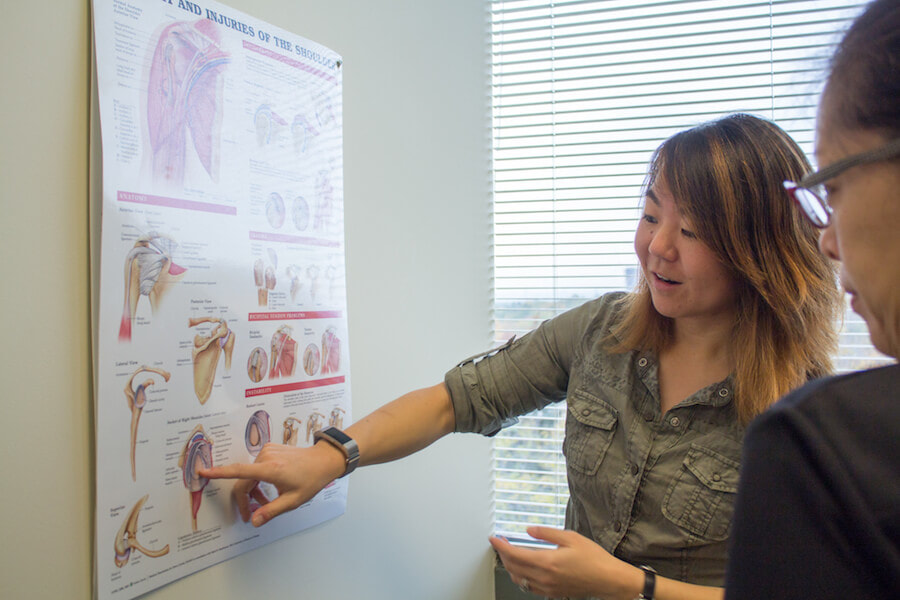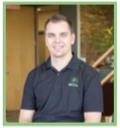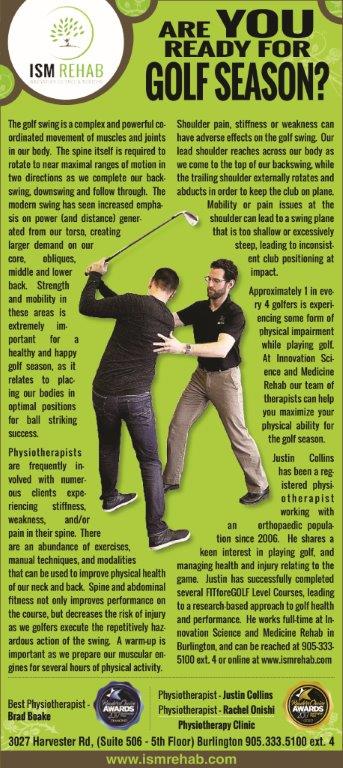|
I work with the physiotherapy assistant, massage therapist, physicians and physician assistants in our the clinic
As a physiotherapist, Rachel often collaborates on patient care with other health care providers. Here she is speaking to Steve, a physiotherapy assistant and Sylvia, a registered massage therapist.
5 Comments
Rachel Onishi is a staff physiotherapist at ISM Rehab. She went to University of Waterloo for Health Studies. While completing her undergraduate degree she was considering medical school at the time. She decided to volunteer at the physiotherapy clinic in her 3rd year of undergraduate study, and from that experience she decided that physiotherapy was the career she wanted to follow. She successfully applied to Queen’s University with a Master’s in Physical Therapy. Following graduation, she worked in private practice and community clinics. What do Physiotherapists Do?I enjoy working in physiotherapy, as it is a very rewarding profession in terms of working with people and helping achieve their functional goals. Physiotherapists are primary care providers – which means that patients can directly access physiotherapists without requiring a referral. Often patients receive a referral from a physician’s office; however, this is usually for insurance purposes to allow for coverage of the physiotherapy visit from the patient’s extended health care benefits. This includes:
Description of Physiotherapy in Canada, page 3, 2012 edition Acupuncture, among treatment modalities, manual therapy and exercise prescriptions are ways physiotherapists help to improve patients’ physical function Specialties and Areas of Focus in Physiotherapyhere are different areas a physiotherapist can work in:
Continuing Education for PhysiotherapistsLearning does not stop after physiotherapy school. There are many continuing education courses that physiotherapists can complete, and many different directions a physiotherapist can go in to focus their practice. For example, these special skills workshops go beyond what is taught in physiotherapy school, some of these courses is just on a weekend, a few weeks, or some a few years. Here are a few examples of some special skills workshops:
Rachel providing supervision and direction to Yuki, a McMaster Physiotherapy student
|
| Burlington Post - The golf swing is a complex and powerful coordinated movement of muscles and joints in our body. The spine itself is required to rotate to near maximal ranges of motion in two directions as we complete our backswing, downswing and follow through. The modern swing has seen increased emphasis on power (and distance) generated from our torso, creating larger demand on our core, obliques, middle and lower back. Strength and mobility in these areas is extremely important for a healthy and happy golf season, as it relates to placing our bodies in optimal positions for ball striking success. Physiotherapists are frequently involved with numerous clients experiencing stiffness, weakness, and/or pain in their spine. There are an abundance of exercises, manual techniques, and modalities that can be used to improve physical health of our neck and back. Spine and abdominal fitness not only improves performance on the course, but decreases the risk of injury as we golfers execute the repetitively hazardous action of the swing. A warm-up is important as we prepare our muscular engines for several hours of physical activity. Continue reading >> |
This past weekend ISM Rehab staff got certified for use of an AED, which helps diagnose life-threatening cardiac arrhythmias & treats through defibrillation.
We have an AED on site should it be required during a sudden emergency.
We have an AED on site should it be required during a sudden emergency.
Thank you to everyone that voted for our great staff at ISM Rehab as well as for our clinic. We pride ourselves for excellence in care, thank you for helping us recognize our great team for the hard work they do!

ISM Rehab is excited to welcome Justin Collins to our team!
Justin graduated with a Masters of Physical Therapy following the completion of his degree in Kinesiology. Justin has obtained his Level One Manual Therapy Certificate through the Canadian Physiotherapy Association. He successfully completed Level 2 through the Acupuncture Foundation of Canada Institute (AFCI).Justin approaches patient-centered physiotherapy in order to help others improve their function and well-being, while empowering them to take an active role in their own health management. He has completed several FITforeGOLF levels, and has written and presented on golf-related injuries, their prevention, and rehabilitation. When Justin is not at the clinic he can be found spending time with his family, at the hockey rink, at the ballpark, on the golf course, or cottaging.
Justin graduated with a Masters of Physical Therapy following the completion of his degree in Kinesiology. Justin has obtained his Level One Manual Therapy Certificate through the Canadian Physiotherapy Association. He successfully completed Level 2 through the Acupuncture Foundation of Canada Institute (AFCI).Justin approaches patient-centered physiotherapy in order to help others improve their function and well-being, while empowering them to take an active role in their own health management. He has completed several FITforeGOLF levels, and has written and presented on golf-related injuries, their prevention, and rehabilitation. When Justin is not at the clinic he can be found spending time with his family, at the hockey rink, at the ballpark, on the golf course, or cottaging.
Suffer from arthritis? Enjoy swimming? In addition to the relaxation and fun that comes along with splashing around in a pool, physiotherapy can be enhanced with pool exercise. It’s a win-win situation! Exercising in a pool has been done for years with classes such as aqua-fit to get the heartrate up, and provide a safe environment to increase cardiovascular fitness while being gently on the joints. Aqua-fit classes are offered at many local community centres, and the YMCA. Although they offer a great workout, most classes are designed for uninjured people. How can you get the benefits of the water (and there are many) if you are rehabilitating an injury, or have recently had orthopedic surgery?
Aqua-Therapy exercises are designed for just that! They are designed and modified to use the water as resistance, to reduce the body weight felt on the joints, to increase ease of motion, reduce swelling, and provide a safe progression to land exercises. Aqua-therapy exercises and techniques can help add variety to your therapeutic regime and offer progression in your movement that may be challenging on dry land.
Aqua-Therapy exercises are designed for just that! They are designed and modified to use the water as resistance, to reduce the body weight felt on the joints, to increase ease of motion, reduce swelling, and provide a safe progression to land exercises. Aqua-therapy exercises and techniques can help add variety to your therapeutic regime and offer progression in your movement that may be challenging on dry land.
Recent research has found that aqua-therapy has positive effects on pain, disability, and overall quality of life in people with knee and hip osteoarthritis, total knee replacement, total hip replacement, and after rotator cuff repair due to improved function, range of motion, and decreased swelling. What that means, is by adding in just a few water based exercises into your therapy program we can move along your recovery and help you reach your therapy goals sooner.
By now you must be wondering how you can begin to incorporate aqua-therapy into your rehab. If you have access to a pool regularly, the physiotherapists at ISM Rehab can determine if aqua-therapy is appropriate for your injury and stage of rehabilitation, as well as select and teach you (on dry land) the aqua-therapy exercises that will work for you.
By now you must be wondering how you can begin to incorporate aqua-therapy into your rehab. If you have access to a pool regularly, the physiotherapists at ISM Rehab can determine if aqua-therapy is appropriate for your injury and stage of rehabilitation, as well as select and teach you (on dry land) the aqua-therapy exercises that will work for you.
References
- Aquatic exercise for the treatment of knee and hip osteoarthritis. Bartels EM et al., 2016 Cochrane Database of Systematic Reviews.
- Effects of Aquatic Therapy and Land-Based Therapy versus Land-Based Therapy Alone on Range of Motion, Edema, and Function after Hip or Knee Replacement: A Systematic Review and Meta-analysis Alison J. Gibson, Nora Shields 2015. Physiotherapy Canada.
- Early Incorporation of an Evidence-Based Aquatic-Assisted Approach to Arthroscopic Rotator Cuff Repair Rehabilitation: Prospective Case Study. Burmaster C, Eckenrode BJ, Stiebel M.. 2016. Physical Therapy.
Welcome to ISM Rehab's blog! Here you'll find patient information, clinic updates.















